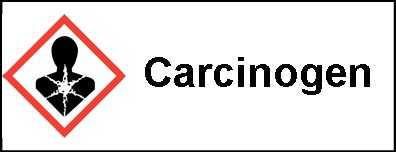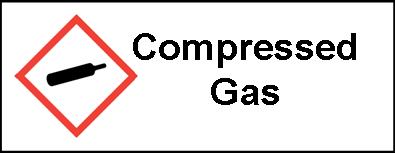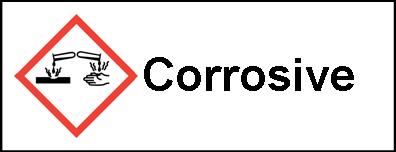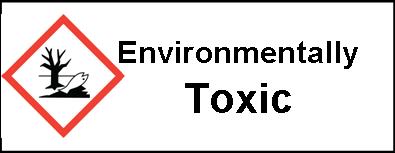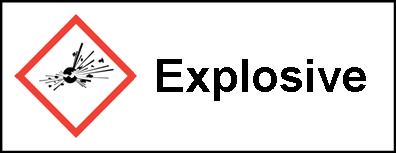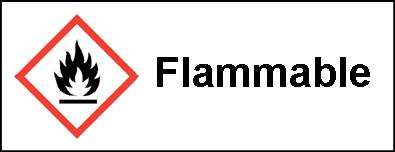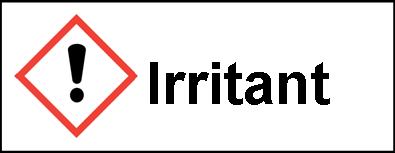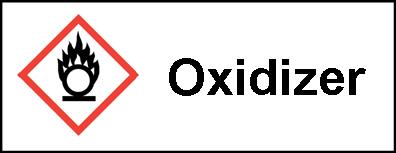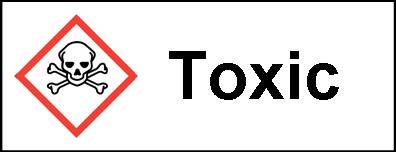Introduction
Every individual working with hazardous materials has the right to know what it is they are working with. Whether it is in an art studio, machine shop, maintenance room, or garage, employees should be able to get answers to the following questions:
- What is the material?
- Where can I find information about this material?
- What are the hazards associated with that material?
- How do I protect myself from that material?
- What do I do in case of an emergency?
This UWM Hazard Communication program is based on the requirements of the OSHA Hazard Communication Standard and the State of Wisconsin Employees’ Right-to-Know Law. It ensures that:
- Chemical, biological, and physical hazards are identified and labeled
- All staff has ready access to information regarding these hazards
- All staff is given information on how to prevent injury or illness because of exposure to these hazards
Throughout this site, sulfuric acid and acetone will be used as examples to show how each section applies to chemicals that are commonly used.
Additional Resources
- OSHA Hazard Communication Standard
- OSHA “Hazard Communication: Foundation of Workplace Chemical Safety Programs”
- Public Employee Safety and Health

Written Program
The written program is maintained by University Safety & Assurances. The program can be accessed from the link below:
UWM Hazard Communication Program FINAL
Department Heads/Area Supervisors are responsible for implementing the required elements of the program in their work areas.
Forms of Warning: Pictograms
There are many ways in which hazards can be communicated to individuals. Pictures and symbols (pictograms) are a quick and easy way to convey a message of danger. In 2003, the United Nations developed a universal system for hazard identification called the Globally Harmonized System of Classification and Labeling of Chemicals or GHS. With this system, a series of pictograms were designated to convey chemical hazards and hazard classes. The GHS pictograms will most likely appear on the manufacturer’s label or on the Safety Data Sheet (SDS).
Labels may appear on shipping and transportation containers where chemicals are packed. Although most of the pictures are similar, transportation labels also use color so these labels may be seen at a distance. The GHS pictograms may also be used in conjunction with the transportation pictograms.
Example:
Sulfuric Acid

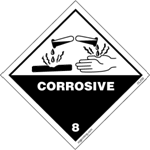
The GHS shows sulfuric acid as having two hazards, toxic and corrosive. The transportation system only requires one pictogram conveying the corrosive hazard.
Acetone

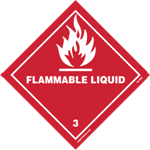
The GHS shows acetone as having three hazards; flammable, respiratory sensitizer/target organ toxicity, and irritant. Again, the transportation system only requires one pictogram, this time conveying the flammability hazard.
Although pictures and symbols are a fast and easy way to communicate immediate danger, they do not tell you important information. Chemical names, properties, and personal protective equipment that should be used are missing when pictures and symbols are used as the only source of hazard communication. Upon seeing a picture or symbol indicating danger, one should look for more information about that product.
Hazard Communication stickers are available to print at your convenience below:
Additional Resources
The Globally Harmonized System of Classification and Labeling of Chemicals
Forms of Warning: Signal Words, Hazard Statements, and Precautionary Statements
Like the pictograms, signal words and hazard statements are used to communicate quick, yet vague information regarding a chemical’s hazards. Often, signal words and hazard statements will accompany the pictures, but on smaller labels and packaging, there may not be enough room for both. Although the signal words and hazard statements may be vague, they can offer more information than a pictogram.
Signal words are one of two words used to indicate the relative level of severity of hazard. The signal words are Danger (more severe) and Warning (less severe). Caution is no longer used as a signal word by OSHA; however, the EPA still uses it as a hazard word for pesticides.
Hazard statements are brief statements assigned to a hazard class and category that describe the hazard. Examples are below.
Example:
Sulfuric Acid
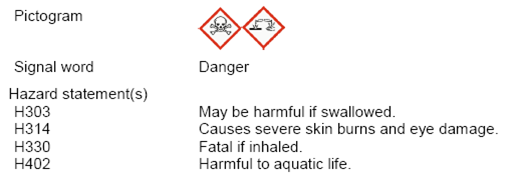
When words accompany the pictograms, the dangers become easier to understand. Although the toxic symbol is present, it is still unclear how this material is toxic. With the hazard statements, we now see that it may be harmful if swallowed and fatal if inhaled. We also see that there are impacts to aquatic life if this material is released to the environment.
Acetone
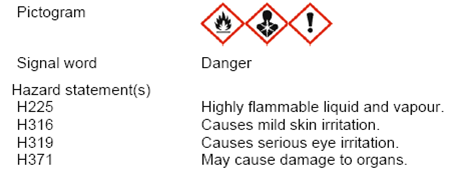
The pictograms tell us that the material is flammable, a respiratory sensitizer/target organ toxicity, and an irritant. Again, we get more specific information about this material through the hazard statement. We find out that both the liquid and vapor are flammable, irritation may be caused to the eyes and skin, and inhalation may cause damage to organs.
Signal words and hazard statements along with pictograms are very helpful, but again, information is missing and one should continue to search for more specific information.
Precautionary statements provide further information needed. They state recommended measures to minimize or prevent adverse effects from chemical exposure and steps to take to properly store or handle the chemical. There are four types of precautionary statements- Prevention, Response, Storage, and Disposal- which are linked to hazard classifications and categories. The Labels section below provides examples of precautionary statements.
Forms of Warning: National Fire Protection Association (NFPA) 704 Diamond
The NFPA 704 system provides a readily recognized, easily understood system for identifying specific hazards. This system uses spatial, visual, and numerical methods to describe relative hazards of a material. It addresses the health, flammability, instability, and related hazards that may be presented as a result of fire, spill, or similar emergency.
The NFPA 704 Diamond identifies the following hazards of chemicals:
Each hazard class is ranked to indicate the degree of hazard:
- Minimal Hazard=0
- Slight Hazard=1
- Moderate Hazard=2
- Serious Hazard=3
- Severe Hazard=4
The special hazards section does not use numbers, but symbols to communicate hazards. The symbols authorized by the NFPA are ![]() , which indicates a reaction when in contact with water, and OX, which indicates that the material is an oxidizer.
, which indicates a reaction when in contact with water, and OX, which indicates that the material is an oxidizer.
People may put other symbols in this area such as ACID, ALK, CORR, or even the radiation symbol. These symbols are not necessary because the hazards are already accounted for in the health rating.
The Milwaukee Fire Department requires an NFPA Diamond on the door of a lab, shop, or studio if that area contains chemicals. When creating an NFPA Diamond, you must consider all hazardous materials in the area, noting the most severe hazard rating from each one.
Example:
Individual NFPA Diamonds for Sulfuric Acid and Acetone (respectively)
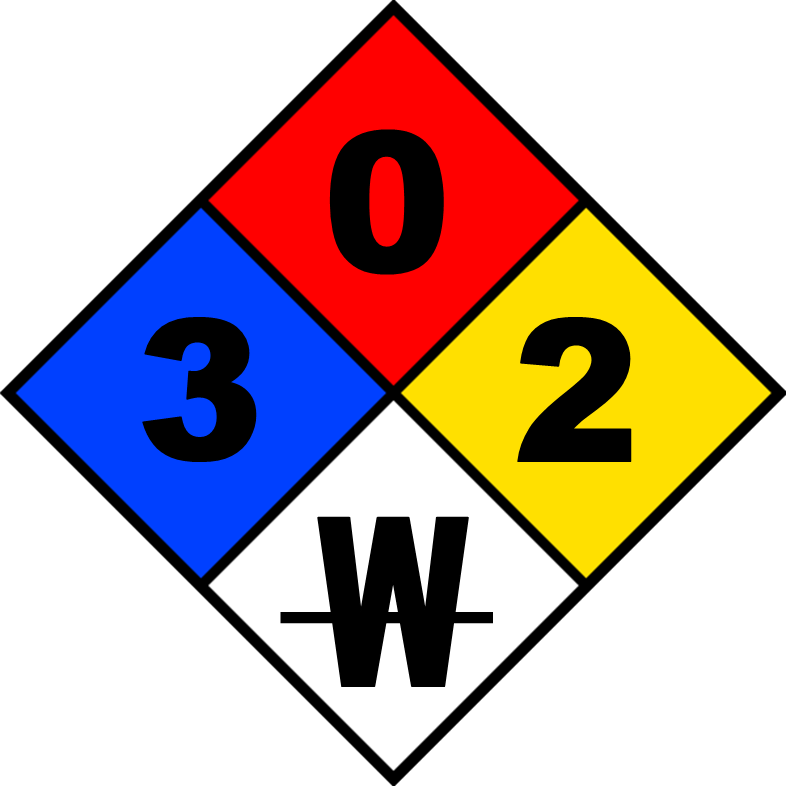
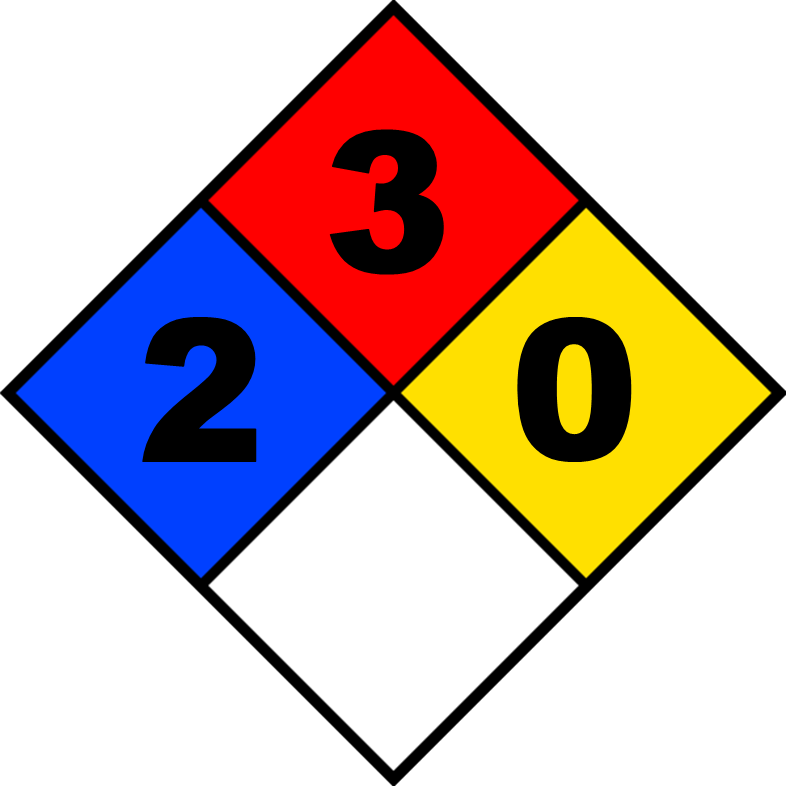
NFPA Diamond for room containing both Sulfuric Acid and Acetone
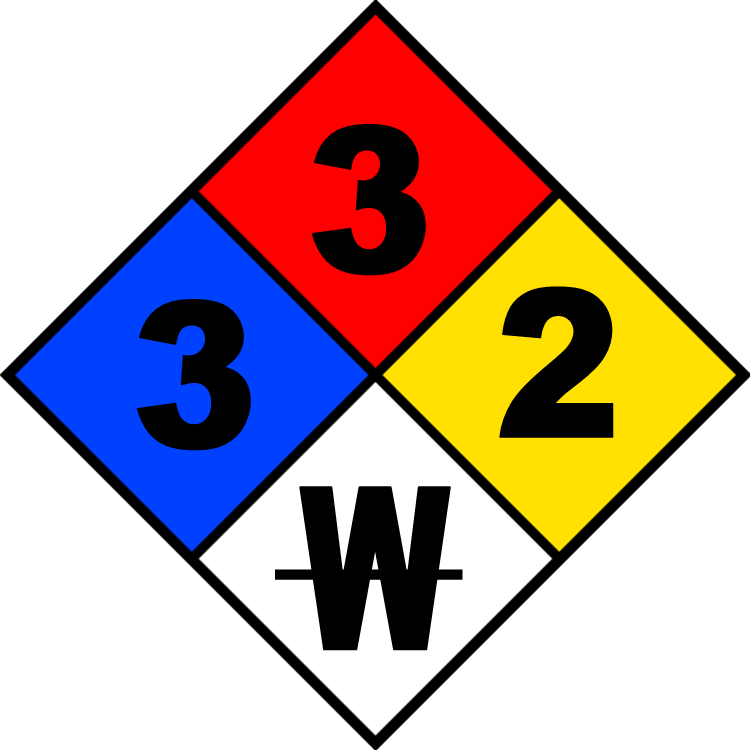
If a chemical or hazardous material does not have an NFPA Diamond on the label, you may be asked to apply one to the container (if no other hazard information is available) and/or the cabinet that it is being stored in. At times, the packaging may have the hazard ratings already in place, just not in diamond form. In other cases, you may need to consult the manufacturer’s SDS to obtain NFPA ratings or other information to help formulate the ratings.
Additional Resources
City of Milwaukee Code Requirements for Identification of Fire Hazards of Materials NFPA 704
Forms of Warning: Labels
The GHS labeling system standardizes the information that is to be stated on the label. Manufacturers and distributors are required to adhere to this system starting in 2015. Hazardous materials delivered to the user in supplied or manufacturer containers will be required to have the following elements on the label under the GHS format.
- Product Identifier
- Pictograms
- Signal Words (Danger or Warning)
- Hazard Statement (Physical, Health, or Environmental)
- Precautionary Statement (First Aid included in this statement)
- Supplier Information (Name, address, and phone number of responsible party)
Below is an example of the GHS labeling format.
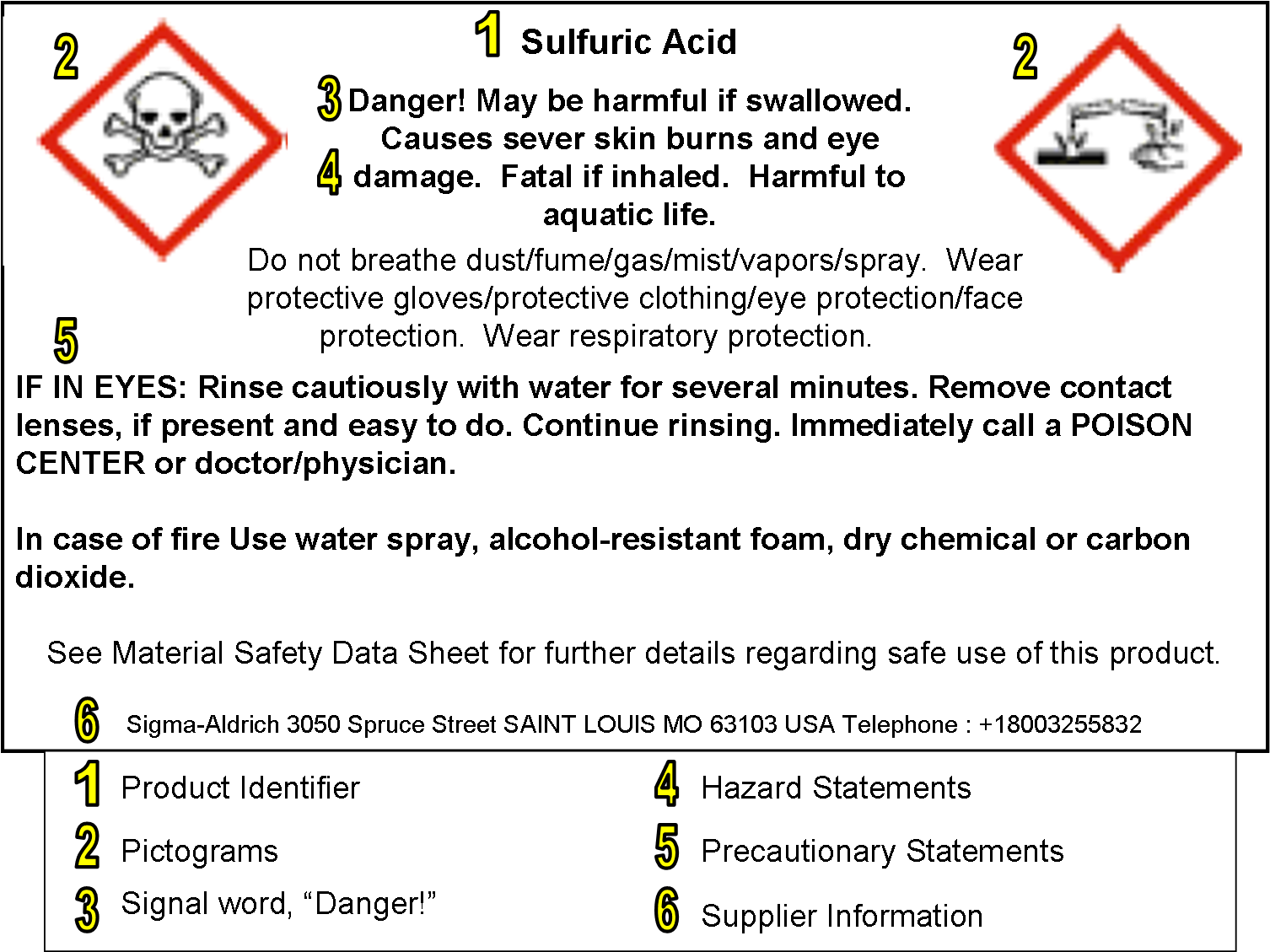
Manufacturer’s labels should not be removed, defaced, or tampered with unless that container is emptied of its original contents. If that container is re-used as a secondary container for a different material, the original label must be completely removed or covered. Simply putting an X through the label or crossing out information is not enough. When labeling the secondary container, the label must include the Product Identifier and information regarding the physical and health hazards of the chemical in the form of a combination of pictograms, signal words, or hazard statements. Those working with the secondary containers must also have immediate access to more specific information regarding the physical and health hazards such as that contained in the SDS.
All labels are required to be displayed prominently, legibly, and in English language. However, employers having employees who speak other languages may add the information in their language as long as the information is presented in English as well.
Below is an example of a secondary container now filled with Acetone
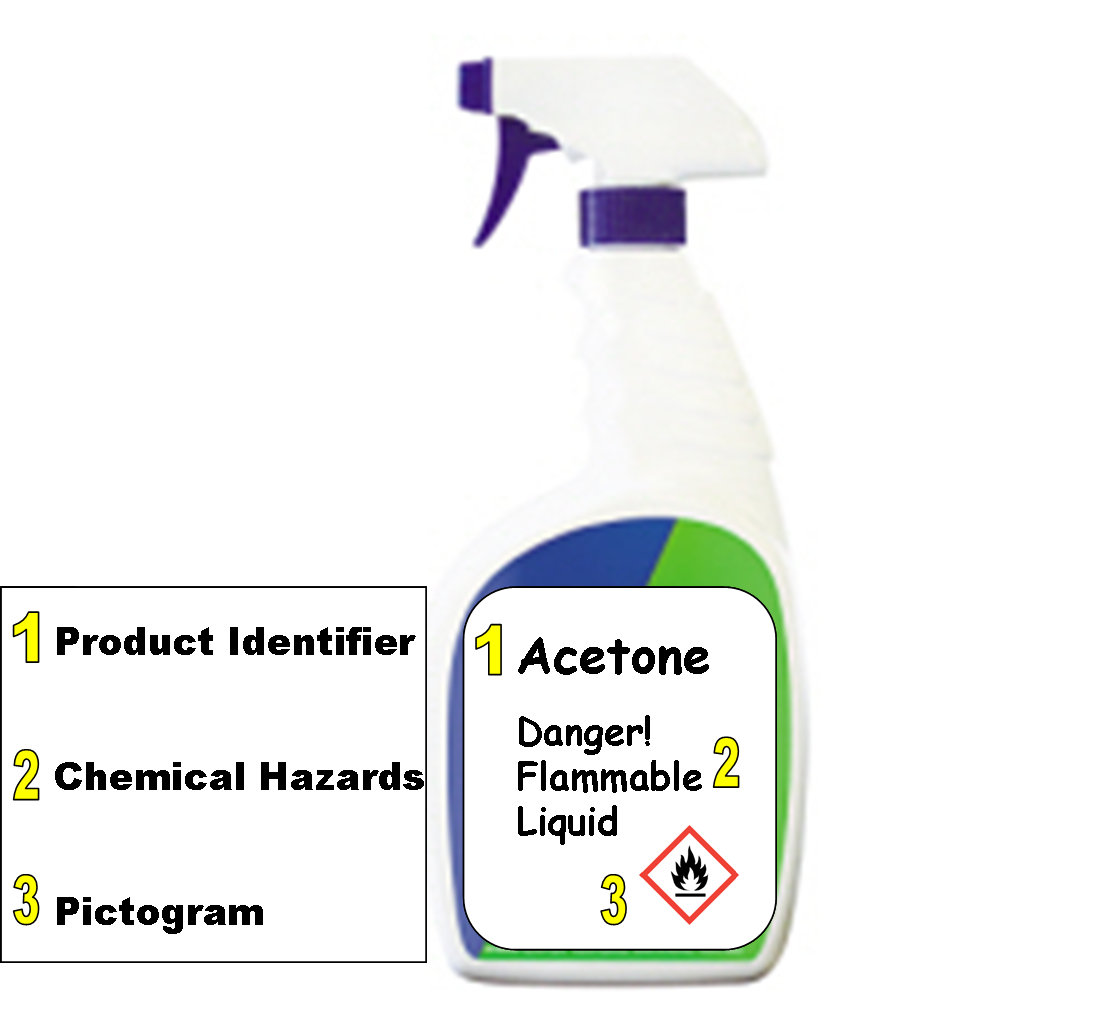
Studio and Shop Signage Program
The Milwaukee Fire Department deems it necessary to label all areas that contain hazardous materials with an NFPA Diamond (with appropriate ratings). As a service to the UWM community, University Safety and Assurances has developed the Laboratory/Shop/Studio Signage Program. This is an easy and convenient way to communicate hazards of a lab, shop, or studio in one sign. If your area contains hazardous materials, please see the Laboratory/Shop/Studio Signage Program web site to create your area specific sign.
Safety Data Sheet (SDS)
Safety Data Sheet (formerly known as Material Safety Data Sheet or MSDS) may be the most important tool in hazard communication. Most, if not all, of the information mentioned above can be found in an SDS. With GHS, information in the SDSs is standardized into a 16-section format so information is more consistent in content and presentation compared to the past. The 16 sections are:
- Product and Company Identification
- Hazard Identification
- Composition/Information on Ingredients
- First-aid Measures
- Firefighting Measures
- Accidental Release Measures
- Handling and Storage
- Exposure Controls/Personal Protection
- Physical and Chemical Properties
- Stability and Reactivity
- Toxicological Information
- Ecological Information
- Disposal Considerations
- Transport Information
- Regulatory Information
- Other Information
SDSs of all hazardous materials must be readily available to all employees who may come in contact with those materials. Hard (paper) copies are recommended and should be maintained in alphabetical order for ease of locating. However, SDSs may also be accessible via bookmarked web pages or electronic files on a computer with printer access as long as a paper copy can be obtained in a short amount of time. Contact your supervisor if you would like to see a product’s SDS.
Manufacturers and distributors are responsible for providing SDSs for their products with each initial shipment and with the first shipment after a SDS is updated. If the chemical manufacturer becomes aware of any significant information regarding the hazards of the chemical they produce, this new information shall be added to the SDS within three months.
The same material may have different precautions depending on concentration or formula. Because of this, it is always best to consult the SDS of the exact product you are using.
Example:
Additional Resources
Chemical Exposure: Detection
If a hazardous material is released in your area, immediate action should be taken to protect yourself and others. There are three methods used to detect a hazardous material release:
- Sight
- Smell
- Monitoring
Relying on your vision is a safe and practical method of hazardous material release detection. Seeing a container spill, liquid pooled on the floor, or fumes or smoke coming from an area are clues that a material has spilled and your supervisor (and possibly Campus Police) should be notified.
Odor is another simple, yet dangerous, way to detect a release. It is dangerous because if you smell a hazardous material, it has already entered your body. Some solvents, acids, cleaners, and gases have a distinct odor that is noticeable when open to the air. Smelling chemical odors that seem stronger than normal or that are not usually present should result in notifying your supervisor and Campus Police immediately.
Using an air monitor is very useful for detecting odorless, invisible material, usually gases. If you have concerns that an area you are working in may experience a material release that requires monitoring, you should contact University Safety and Assurances before working with that material.
Chemical Exposure: Routes of Exposure
Hazardous materials may enter the body through four different routes of exposure:
- Inhalation
- Absorption
- Ingestion
- Injection
Inhalation occurs when chemical fumes, mists, dusts or gases are breathed in through the nose or mouth. The inhaled chemical is then absorbed through the tissue and membranes in the nose, trachea, and lungs. Tissues in these areas are not very protective against chemical exposure, thus are at greater risk.
Absorption occurs when a hazardous material enters the body through the skin or eyes. Skin tissue is more protective than lung tissue, but is not an impermeable barrier. Some materials may be absorbed more readily by the skin than others, and once the material is absorbed, it is carried throughout the body in the bloodstream.
Ingestion occurs when chemical fumes, mists, and dusts enter the body through the mouth and swallowed. Hazardous material is commonly ingested when contaminated food or hands come in contact with the mouth.
Injection occurs when contaminated sharp objects puncture the skin, introducing hazardous material to the bloodstream. Improperly stored or disposed needles increase this exposure risk. Using a dust pan and broom to clean up broken glass, dropped needles or any other sharp object decreases the risk of injury. Never place any sharp objects directly in the waste basket.
Chemical Exposure: Health Effects
When exposed to hazardous material, there may be two kinds of health effects to the body, acute and chronic.
Acute health effects are characterized by sudden and severe exposure and rapid absorption of a material. An example would be a chemical burn. If sulfuric acid is spilled on your arm, you will experience a burn within moments of exposure.
Chronic health effects are characterized by prolonged and repeated exposure over a longer period of time. An example would be lead poisoning. If you are exposed to lead particles, you may not notice any health effects for some time. However, repeated exposure may cause lead poisoning over time. Chronic health effects may result in cancer.
Chemical Exposure: Toxicity vs. Dose
Toxicity is the ability for a material to cause a harmful effect. Please understand that everything is toxic, even water. However, one must drink a lot of water in order for it to be harmful. The amount of a material you are exposed to or come in contact with is called a dose. The less toxic a substance is (water) the greater dose you can tolerate without ill effects. The more toxic a substance (cyanide) the less of a dose you can tolerate before you become ill.
Chemical Exposure: Personal Protective Equipment
Personal protective equipment (PPE) should be worn to reduce employee exposure to hazards when engineering and administrative controls are not possible or effective in doing so. The appropriate PPE to use when working with a hazardous material should be noted in the SDS or other resources (NIOSH Pocket Guide to Chemical Hazards, Prudent Practices in the Laboratory, etc.). Be sure to check the SDS and with your supervisor before you begin working with such a material. If you use the wrong PPE, it will have no effect on reducing exposure and you may be at risk for injury or illness. You may also want to consult the campus Personal Protective Equipment web page.
Chemical Exposure: Exposure
In an emergency, call the Campus Police at x9911 from a building phone, (414) 229-9911 from your cell phone, or by pressing the red button on the S.A.F.E phone.
If exposure occurs, the procedures that should be followed depend on toxicity of the material, dose, and route of exposure. Everyone working with hazardous material should know the location of the nearest eyewash and safety shower station.
If a material is exposed to the eyes or face, immediately proceed to the eyewash station and call for help if working with others. Rinse your eyes and face for 15 minutes. Although it may be uncomfortable, you should keep your eyes open (force them if necessary) so water can wash behind the eyelids. While you are rinsing, another person should be looking up the SDS to see if further steps or medical attention is needed.
If a material is exposed to the body, proceed immediately to a safety shower or drench hose if necessary. Remove affected clothing and rinse the area for 15 minutes. Again, another person should be consulting the SDS to see if further steps or medical attention needs to be taken.
If a material is inhaled making breathing difficult, move to an open air area. If you notice that someone has become unconscious, move that person to fresh air (ONLY IF SAFE TO DO SO) and call Campus Police.
Chemical Exposure: Chemical Spill Response
Anyone working with hazardous materials should have a spill kit available. The spill kit should be customized to fit the hazards of your area.
There are two types of chemical spills, minor spills and major spills
Minor spills consist of a small amount of hazardous material that you are familiar with. This material, although hazardous, is not extremely dangerous and can be cleaned up if the proper clean-up material and personal protective equipment are available. You should only clean up a minor spill if you feel comfortable doing so. The clean-up material should be considered hazardous waste and be disposed of properly. Always let your supervisor know of a spill.
Major spills consist of a large quantity of a hazardous material, a material that is extremely dangerous, a mixing of two chemicals that may cause a reaction, or unknown chemicals. Do not attempt to clean up a major spill. You should clear the area (possibly the building) and call University Police.
Training
Prior to working with hazardous materials, each employee must complete Hazard Communication Training. University Safety & Assurances will coordinate this training at your Supervisor’s request.
Employees should receive additional training from their supervisor or Hazard Communication Coordinator on area specific topics such as:
- Location of the written Hazard Communication Program
- Location of MSDSs
- Physical and health hazards of hazardous substances in their work area
- Work practices that may result in exposure
